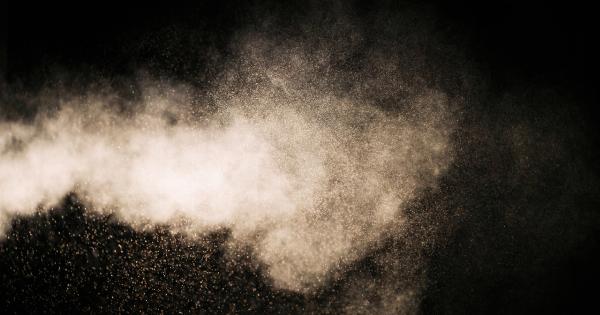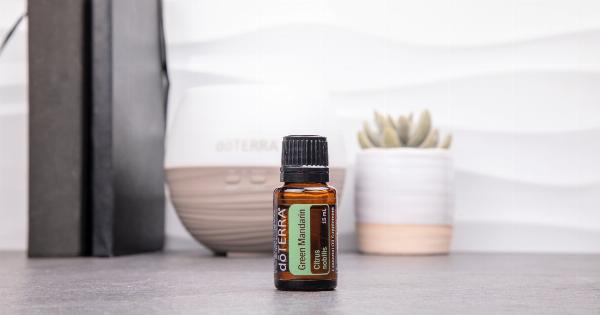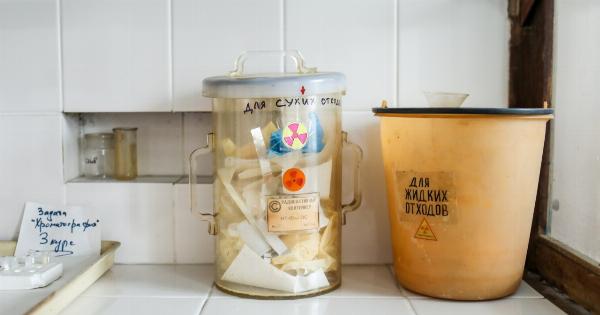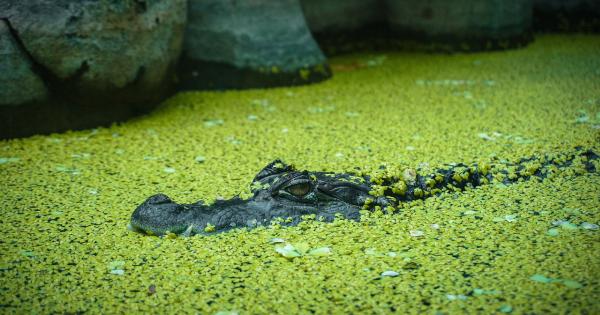Household dust is made up of small particles of fibers, dirt, skin flakes, and other substances that settle on surfaces around the home. While most people consider dust an annoyance, it can also pose serious health risks.
In this article, we’ll explore the dangers of household dust and what you can do to protect your family.
Asthma and Allergies
Dust mites are one of the most common allergens found in household dust. These microscopic bugs thrive in warm, humid environments and feed on dead skin cells shed by humans and pets.
Dust mites excrete waste products that can cause allergic reactions in some people. Symptoms can include sneezing, runny nose, itchy eyes, and skin rashes. For people with asthma, exposure to dust mites can trigger asthma attacks, which can be life-threatening.
Toxic Chemicals
Household dust can contain a variety of toxic chemicals that come from cleaning products, furniture, and building materials. For example, flame retardants (PBDEs) are added to foam in furniture and electronics to prevent fires.
These chemicals can break down over time and become airborne, posing a risk for inhalation or ingestion. Studies have linked PBDE exposure with a range of health problems, including developmental delays, hormone disruption, and cancer.
Lead
Lead is a toxic heavy metal that can be found in dust in homes built before 1978. Lead-based paint was commonly used before this date, and when it peels or cracks, lead dust can be released into the air.
Children are especially vulnerable to lead exposure, which can cause permanent damage to the brain and nervous system. Lead poisoning can lead to learning disabilities, behavioral problems, and developmental delays.
Pesticides
Pesticides are chemicals used to kill or control pests, such as insects, rodents, and weeds. Pesticides can be found in household dust through contact with treated surfaces or through exposure to contaminated air.
Long-term exposure to pesticides has been linked with cancer, infertility, and neurological disorders.
Dust in the Workplace
Not only is dust a health hazard in the home, but it can also pose a risk in the workplace. Workers in certain industries, such as construction and mining, are at particular risk for dust exposure.
Inhaling dust can cause respiratory problems, including lung cancer, silicosis, and chronic obstructive pulmonary disease (COPD).
How to Reduce Dust Exposure
Reducing dust exposure in the home and workplace is essential for protecting your health. Here are a few tips to get started:.
- Regularly clean surfaces with a damp cloth or mop to trap dust.
- Vacuum carpets and furniture with a HEPA filter to capture small particles.
- Use a high-efficiency air filter in your HVAC system to reduce airborne dust.
- Wash bedding in hot water to kill dust mites.
- Choose products made from natural materials to reduce exposure to toxic chemicals.
Conclusion
Household dust may seem harmless, but it can pose serious health risks. From triggering allergies and asthma to exposing us to toxic chemicals, dust is something we should take seriously.
By taking steps to reduce dust exposure in our homes and workplaces, we can help protect ourselves and our loved ones.





























